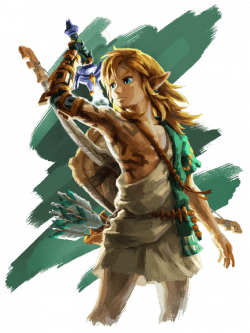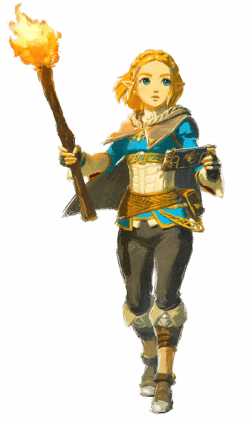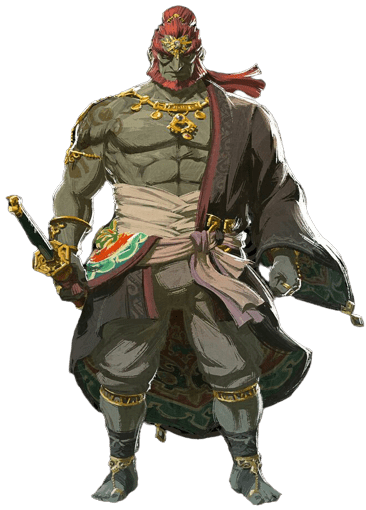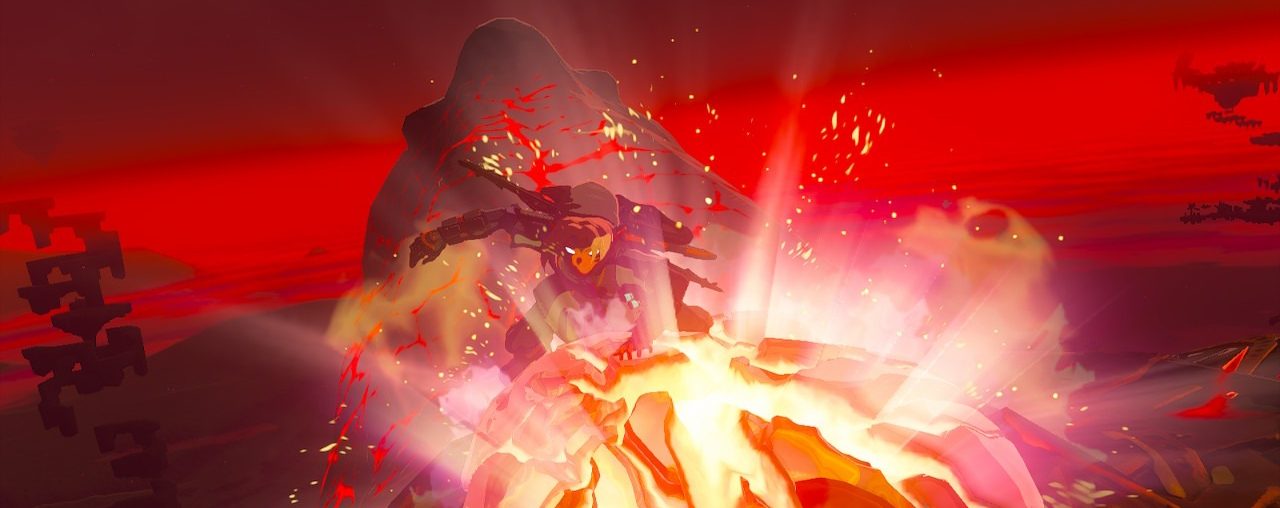The cyclical nature of Hyrule: A deep dive into ‘The Legend of Zelda’ timeline
The Legend of Zelda is one of the most beloved franchises in video games history, with an acclaimed past dating back to 1986. As the brainchild of Japanese game designers Shigeru Miyamoto and Takeshi Tezuka, the action-adventure game franchise has had many entries to the series which currently consists of 29 video games, all exclusive to Nintendo consoles. The latest entry to the series comes with the sequel to 2017’s The Legend of Zelda: Breath of the Wild, a flagship title for the Nintendo Switch during its initial release. The game was a refreshing addition to the series, which combined the hardware and capabilities of the Nintendo Switch with the direction of Hidemaro Fujibayashi. Zelda titles have had different mediums in which they choose to convey their stories, from the heroic origins of Link in Skyward Sword, the deep-rooted fear and anxiety behind Majora’s Mask, to the colourful polygonal action of A Link Between Worlds. Because of the franchise’s rich lore that has spanned over three decades of gaming history, it’s bound to confuse fans as to how its timeline works and makes it difficult at times to follow the interconnected story that is known as ‘The Legend’ of Zelda.
 The latest title, The Legend of Zelda: Tears of the Kingdom, is an immediate continuation of Breath of the Wild, with the same characters returning for another adventure. Although Breath of the Wild saw Link return to the lands of Hyrule thousands of years into the distant future and finishes its story defeating Calamity Ganon at the epicentre of Hyrule Castle itself, much is left a mystery to the audience, creating an even greater opportunity for Tears of the Kingdom to play around with in terms of creativity. Breath of the Wild really revitalised the franchise by pioneering game mechanics, enchanting sound design and a heart for its story of a lost swordsman finding his way through time. The decision to advance this story with Tears of the Kingdom is ingenious, as its linearity enables fans of the first Switch entry to return to Hyrule with a sense of familiarity without being bogged down in its complicated lore. It is also able to attract new players, as picking up this sequel wouldn’t require you to understand 29 games’ worth of stories, but instead just one! Rather than creating a new game from scratch with a new world to understand and develop, Breath of the Wild paves the perfect path for a successful addition to the series by accumulating everything that made its predecessor great and adding new elements that keeps players invested.
The latest title, The Legend of Zelda: Tears of the Kingdom, is an immediate continuation of Breath of the Wild, with the same characters returning for another adventure. Although Breath of the Wild saw Link return to the lands of Hyrule thousands of years into the distant future and finishes its story defeating Calamity Ganon at the epicentre of Hyrule Castle itself, much is left a mystery to the audience, creating an even greater opportunity for Tears of the Kingdom to play around with in terms of creativity. Breath of the Wild really revitalised the franchise by pioneering game mechanics, enchanting sound design and a heart for its story of a lost swordsman finding his way through time. The decision to advance this story with Tears of the Kingdom is ingenious, as its linearity enables fans of the first Switch entry to return to Hyrule with a sense of familiarity without being bogged down in its complicated lore. It is also able to attract new players, as picking up this sequel wouldn’t require you to understand 29 games’ worth of stories, but instead just one! Rather than creating a new game from scratch with a new world to understand and develop, Breath of the Wild paves the perfect path for a successful addition to the series by accumulating everything that made its predecessor great and adding new elements that keeps players invested.
For most people, sticking to these two titles would more than satisfy their desires for a beautiful story of hardship, bravery, and hope in the midst of a calamity. However, for others, these titles are seen as the potential pieces of a missing puzzle that has been incomplete for decades. If anything, introducing both Breath of the Wild and Tears of the Kingdom in the wider context of the history of Hyrule leads to greater speculation around its lore – specifically its main cast of characters who appear in almost every entry in the series, despite having a story that extends over a confusing number of years to branch across space and time. Many people are left wondering why after every single story, a new version of Link, Zelda and Ganon always appear.
The concept of linearity is tampered with, creating a confusing series of events that make the overarching story quite difficult to comprehend
The history of The Legend of Zelda has been questioned multiple times, with several speculations that have tried to conceptualise and rationalise a fictional chronology for the history of Hyrule. Nintendo has generally kept the timeline under wraps until an official master timeline was published in a companion guidebook called Hyrule Historia, celebrating the series’ 25th Anniversary. Within this published timeline, a creative direction was taken to account for all the Zelda stories, which are separated only by the concept of time.

To understand this, the only true linearity that exists within the series spans across an era classified as ‘Hylia & The Hero of Time’ which encompasses the events of Skyward Sword, The Minish Cap, Four Swords, and a climactic finale with the timeless classic Ocarina of Time. Within this era, the origins of the Zelda universe are established with the introductions of the Goddesses, the all-powerful Tri-force, the Master Sword, and the Ancient Battle against Demon King Demise. These foundations set up the first era of Hyrule which undergoes very thorough periods of chaos and prosperity, eventually becoming the kingdom that undergoes the events of Ocarina of Time. A lot of the game’s McGuffins revolve around time – the door of time, the pedestal of time, the ocarina of time, and of course Link himself, the hero of time. A rundown of the story sees Link obtain the Master Sword from the pedestal of time, but is stuck in the chamber of sages for seven years. Once reawakened, the story proceeds with Link and Princess Zelda banishing Ganondorf into the evil realm, where he vows to ruin the lives of Link and Zelda’s descendants once the seal from the evil realm is broken.
This is where the timeline gets confusing. It splits into three branches of time, separating iterations of Link with alternative endings to Ocarina of Time: The Fallen Hero Timeline, The Child Timeline and The Adult Timeline. The Fallen Hero Timeline is an alternate ending where Ganon defeats the Hero of Time, as opposed to The Child Timeline, which follows through on Ocarina’s original ending, and Link is sent back in time to relive his lost childhood. However, because of this time travel The Adult Timeline is also created, where the Hero of Time has vanished from Hyrule entirely.
The concept of linearity is tampered with, creating a confusing series of events that make the overarching story quite difficult to comprehend, yet it can be argued from a directorial perspective that the branches of time enable the capabilities of Zelda’s developers to have more freedom with their ideas – rather than being restricted to the existing land of Hyrule established by the Hylia and Hero of Time era. Oddly enough, Breath of the Wild’s story is essentially a cultural reset for the franchise, as all the three timelines have been speculated by fans to have merged back into a linear storyline, as the Switch’s flagship title takes place thousands of years into the future. The decision to make its story way ahead in the future can be answered by the game’s companion book ‘Creating a Champion’ which highlights that everything that existed before Breath of the Wild has “faded into myth.”
the timeline is suggested to occur in a similar fashion to an ouroboros biting its own tail

Images: Nintendo
With the release of Tears of the Kingdom, the era of The Great Calamity first introduced in Breath of the Wild is further expanded upon, with some exciting story plots (which won’t be spoiled here) that will surely excite fans of the franchise. A list of new abilities is introduced that build on Link’s skills at the end of the first game, which are imperative to the storyline and stakes at hand. However, many enthusiasts are still unsure as to how this sequel will fit within the entire history of The Legend of Zelda, left only with hints in the trailers and gameplay reveals until players get to experience the game for themselves.
One speculation has gained traction online, which is best explained by Youtuber Zeltik in his video titled “Tears of the Kingdom: the end of Zelda?”. If you’re as eager as I am at breaking down every detail of Zelda’s history, the video is sure to be a pleasant surprise – especially with Zeltik’s deep dive into the insinuations of the sequel’s title card in relation to all the other series’ logos, arriving at a theory that Tears of the Kingdom could bring an end to the cyclical reincarnations of our favourite Link, Zelda, and Ganon trio. Specifically, the timeline is suggested to occur in a similar fashion to an ouroboros biting its own tail, ending the story the way that it started in Skyward Sword.
You’ll have to be your own judge of interpreting the confusing timeline of The Legend of Zelda by getting your hands on Tears of the Kingdom, as Nintendo likes to be confidential to avoid any missteps that could tamper with their creative freedom for the future. Whether or not Link is stuck in a forever ouroboros-like story or not, we as players will forever be grateful for the enchanting stories this legendary series has given us and are excited as ever to see where Nintendo decides to take it next.

Comments